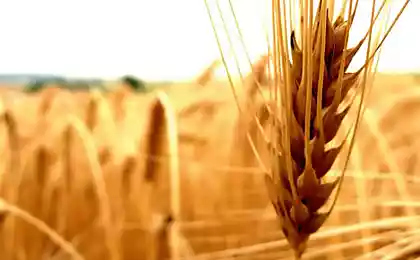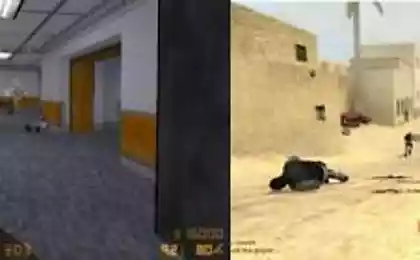169
How Your Small Site Can Make Big Changes in Nature

Many researchers have argued that if we manage the land properly, we could halve our CO2 emissions in just 10 years. Nature has an incredible ability to absorb carbon from the atmosphere and store it in soil and trees. Abandoning fossil fuels, increasing biodiversity, reducing food waste, all of which can stop climate change. But what can we do on our small site in such a big case? Here are some recommendations.
Climate change is a global process, but let’s not forget that small changes can have a large cumulative impact. And for big changes, sometimes it only takes 1-5% of people to change their behavior.
Our task is simply to follow the simple advice given to us by organic farmers.
Compost everything we can. One of the main differences between organic and conventional agriculture can be boiled down to a simple change of view: instead of worrying about feeding plants, we should worry primarily about feeding our soil. By composting all of our food and garden waste, we don’t just provide valuable nutrients to plants. We are creating habitats for a huge ecosystem of bacteria, fungi and small organisms that help absorb carbon from the environment and retain it in the soil.
Be sure to add all your waste paper to the compost pile, this is another way to trap CO2.
Stop digging.
Many old-school advocates, especially my mother, often scoff at the idea of non-farming, but there are good reasons why we should stop digging. When digging, the soil retains much less carbon. While organic farming is in its early stages, it is the only way to ensure that our biodiversity is preserved.
Use siderates and cover cultures Another condition for arable farming is to protect soil microbes from excess oxygen and sunlight. This is often done by mulching the soil. But you can also plant live mulch from cover crops (siderates), which then become green fertilizers for our beds. Not only do they saturate the soil with carbon, but their root system helps maintain its structure, providing a habitat for microorganisms to live as your crop grows.
Plant wild plants
There is no place in nature where only one kind of plant grows in a large area. Monocultures are unnatural. It's amazing how we expect healthy crops every year by planting a single crop. On our site, we can simulate natural ecosystems by planting forest perennial plants that also bear fruit. Combining beds with orchards and perennial crops, we can ensure high yields and a healthy atmosphere on our site.
Scientists say that the greater the variety of plants on your site, the more carbon it can absorb.
Transform your lawn
A beautiful flat lawn with flat green grass and flowers is a huge consumption funnel: constant watering, pesticide use, chemicals and emissions that lawnmowers spew out are all a great environmental nightmare for the planet. But you can easily fix the situation if, for example, plant a site with drought-tolerant plants such as clover. And then use it as mulch or compost, thus feeding microbes in our lawns, reducing the need for water and mineral fertilizers.
Creating the right ecosystem is not a one-season process, but if we can achieve good productivity on our site, many will follow suit and it could be the impetus for creating a healthy ecosystem as a whole. published
Source: www.pervorod.ru/blogs/eto-interesno/kak-vash-malenkiy-uchastok-mozhet-sdelat-bolshie-izmeneniya-v-prirode






















